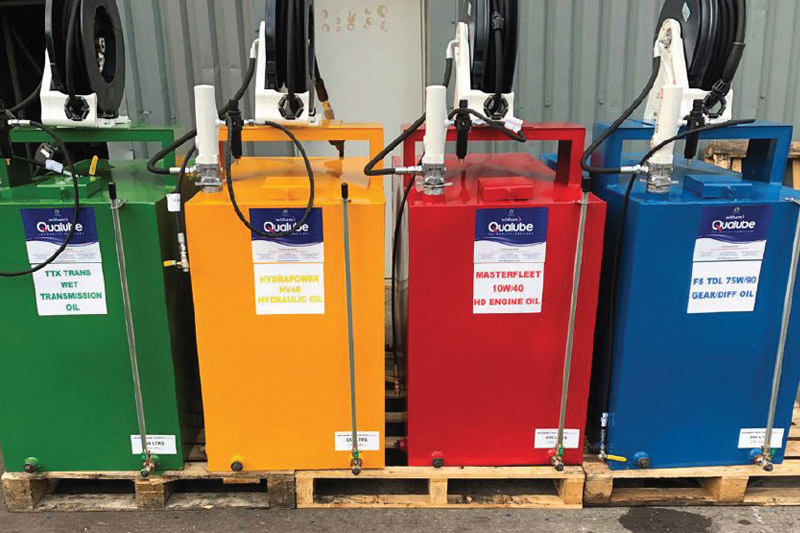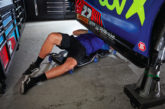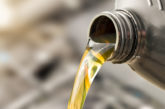
In this limited series of articles, Witham Group, exclusive UK distributor of Motul products, tracks the journey of the humble automotive lubricant. Each issue of PMM will focus on a different stage of its life, and this time around we’re looking at how best to store your products…
● What are the basics when it comes to oil storage?
There are two main principles in storing lubricants: product integrity and environmental requirements. Basic rules include:
● Oil must be stored at least 10m away from inland or coastal waters, flood areas, and 50m clear of a spring.
● Tanks should be on flood level or below ground level, must never be stored above roof level, and kept away from areas that risk damage via impact, machinery and weather. The full legal requirements are outlined in detail here.
● Does the type of container make a difference?
Lubricants are supplied in many ways, bulk, barrel, and various drums and small packs to meet the needs of a wide customer base. With the exception of bulk, the remaining sizes can all come in either plastic or metal containers depending on the supplier and the type of product. Lubricants stored in a factory-fresh sealed container will not normally degrade. Obviously, metal containers can be subject to corrosion over extended periods.
● Is there a way to manage lubricant storage sustainably?
Yes, absolutely! Oil not only needs to be stored safely and properly because it’s the law, it should be also be stored to help with the environment and health and safety. Nigel Bottom, MD of Witham Group, claims that bulk storage tanks are ideal, as using a system of metal bulk storage tanks in your garage and simply having all products delivered in batches removes the need for all plastic packaging. With annual maintenance the longevity of bulk tanks will outlast 50+ years. This is a very sustainable process indeed as the defunct metal tank can then be simply recycled and the metal used again.
However, in general, try to avoid storing products for extended periods and just buy as much as your immediate needs require.
● What’s the number one thing that garages need to consider when storing lubricants?
The best piece of advice we can give is to treat lubricants as if you were storing drinking water. Always avoid storing any products outside where water could penetrate the lid or seal.
Many people assume the seals on barrels are watertight. Actually, they are generally not and are simply used as an anti-tamper method. If no other option but external storage is available always store barrels on their side. Moisture and dirt ingress are the two main factors.









